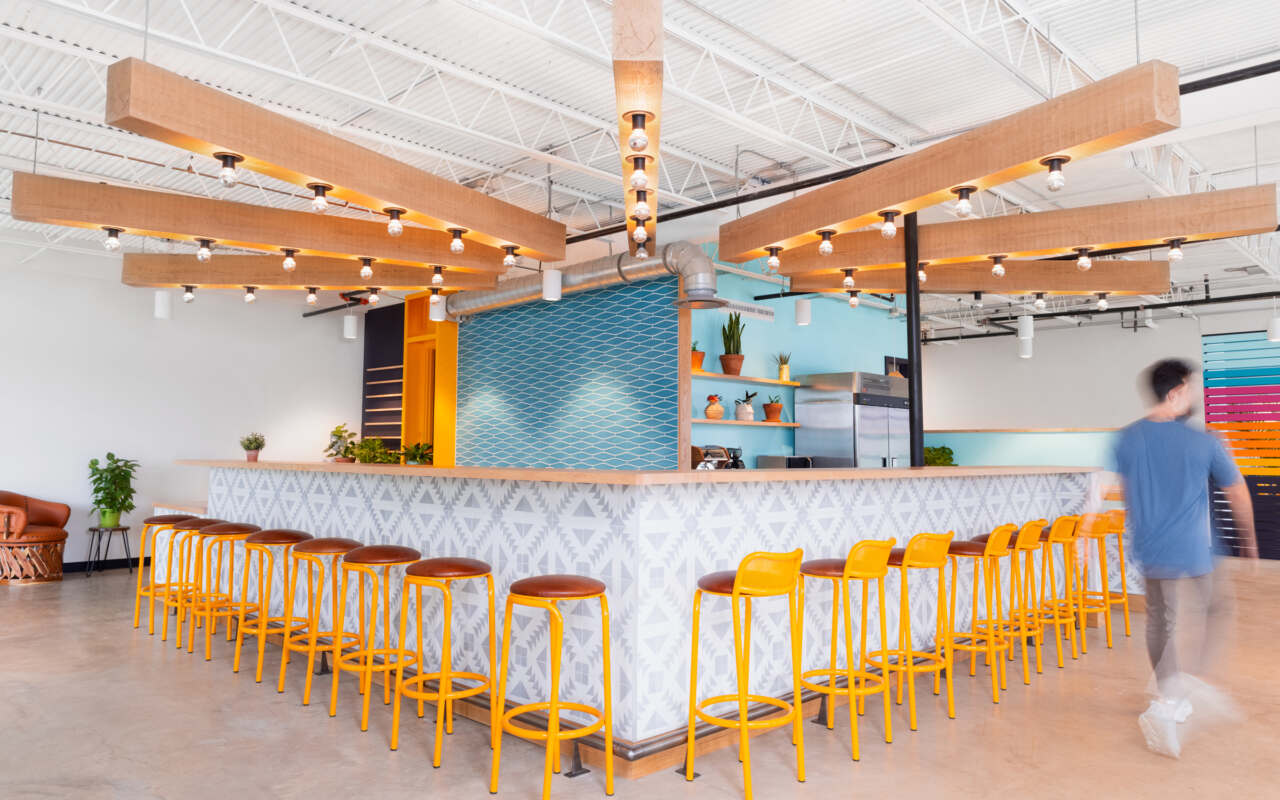Our Thoughts

Siete | The Booth
Get the skinny on our award-winning design for Siete’s custom trade show booth.

The Drawn Brand | Brand Pillars
Brands can be fragile, so it’s important to anchor them with rock-solid foundations.

The History of Halloween & Its Uniquely Spooky Brand
Delving into Halloween's history provides terrific context for the holiday's ghoulish iconography and creepy traditions.

Designing Digital Experiences that Feel More Human with Porter
Design thinking has helped us to build technology that enhances human experiences, rather than dissolving them.

Ugly Mugs: How Flawed Prototypes Lead to Good Design
The design process isn't always so linear, and perfection is rarely the initial outcome — especially when true customization is the goal.

Are You Ever Too Old to Start a Startup?
When it comes to launching a successful startup, age really is just a number — it’s your experience and connections that really count.

Sunnie | The Dippers
The story behind Sunnie's adorable, bite-sized (so to speak) snack packs.

Siete Small Batch | The Salsa Duo
Siete Small Batch is a place for trying new things, both when it comes to products and package design. Here’s some insider intel on our most recent Siete package design.
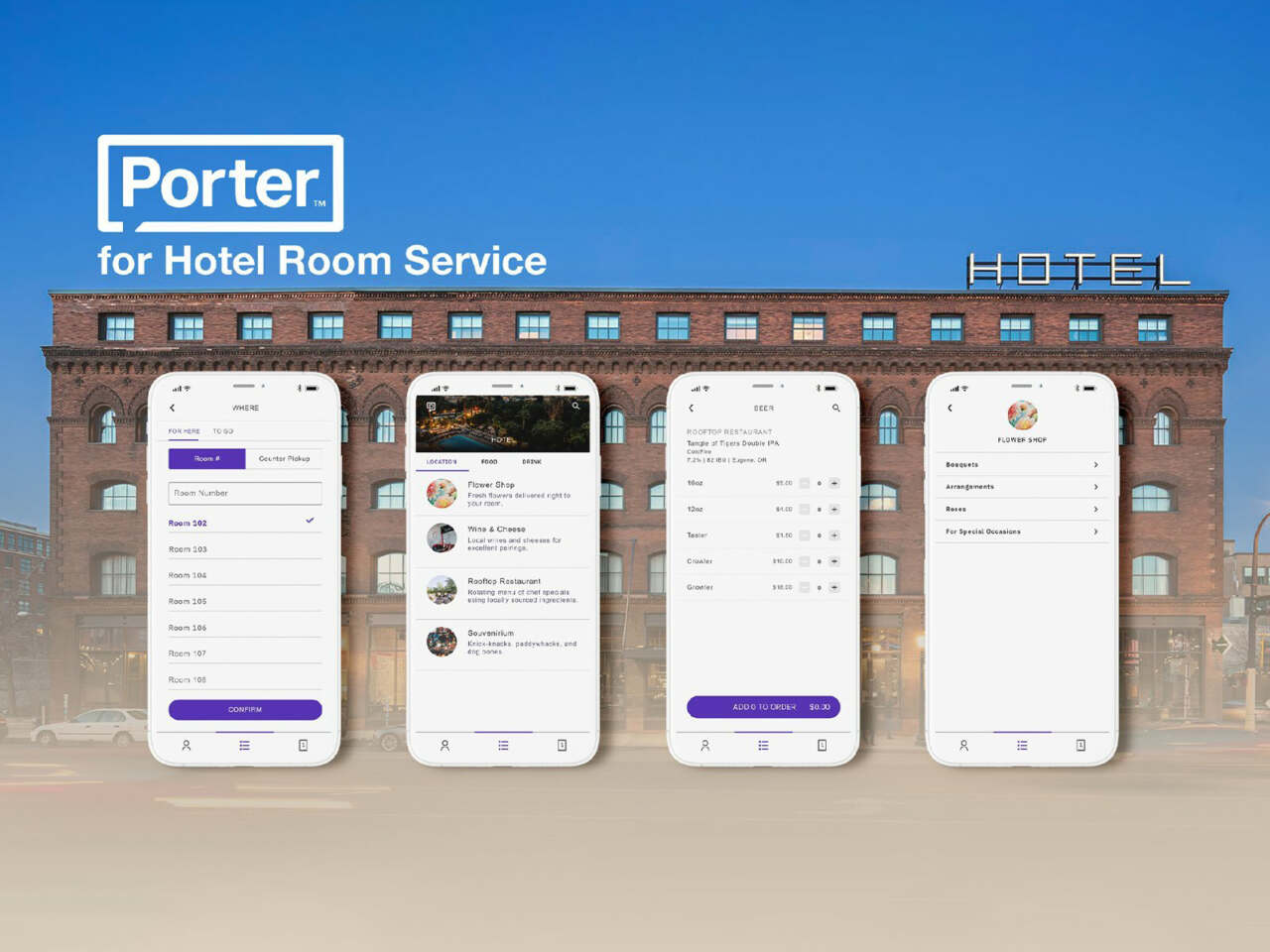
Porter Moves Into Hospitality & Event Venues
As the Porter platform continues to evolve and expand, it’s finding a foothold in new spaces like hotels and stadiums.

Why Authenticity Matters Part 2 | For Business
Authenticity is a smart business move — it earns trust and leads to efficiency and, in turn, profits.
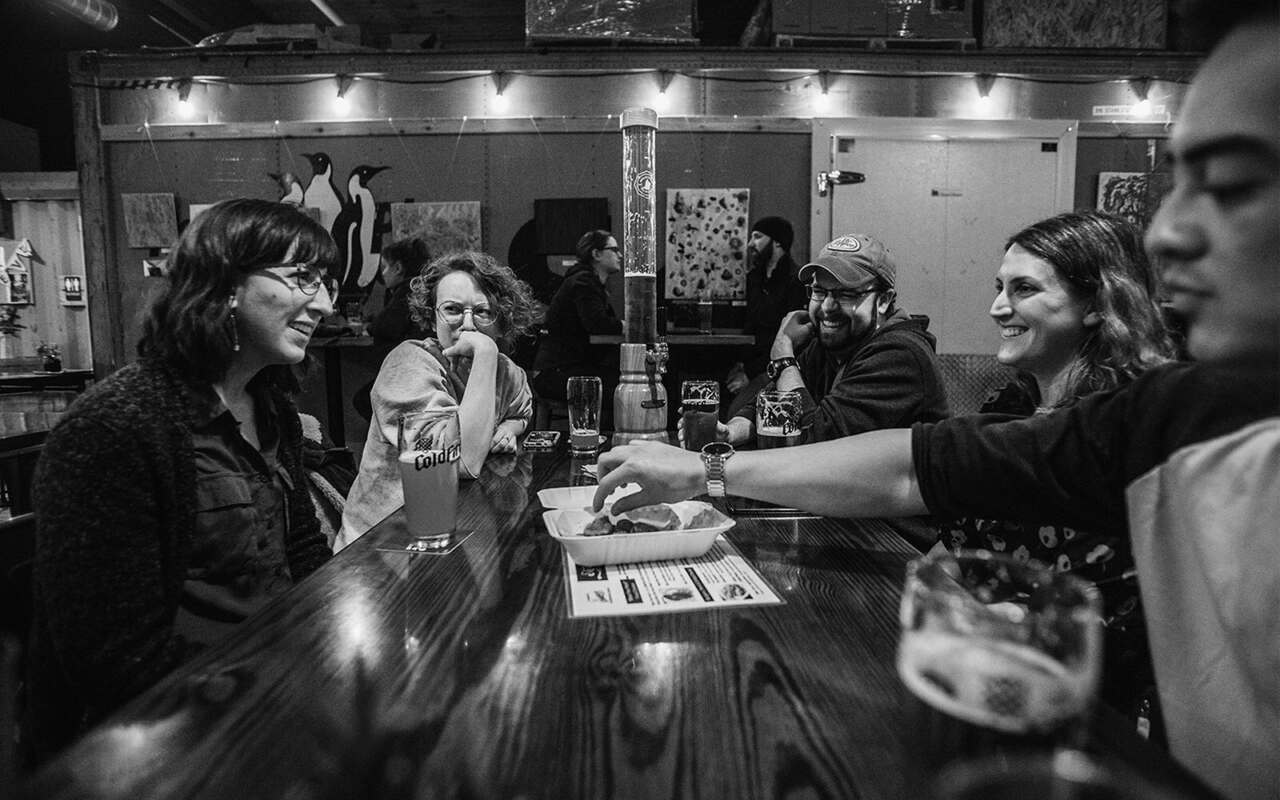
Why Authenticity Matters Part 1 | For Brands
Authenticity is more than just a buzz word. It’s a business strategy.
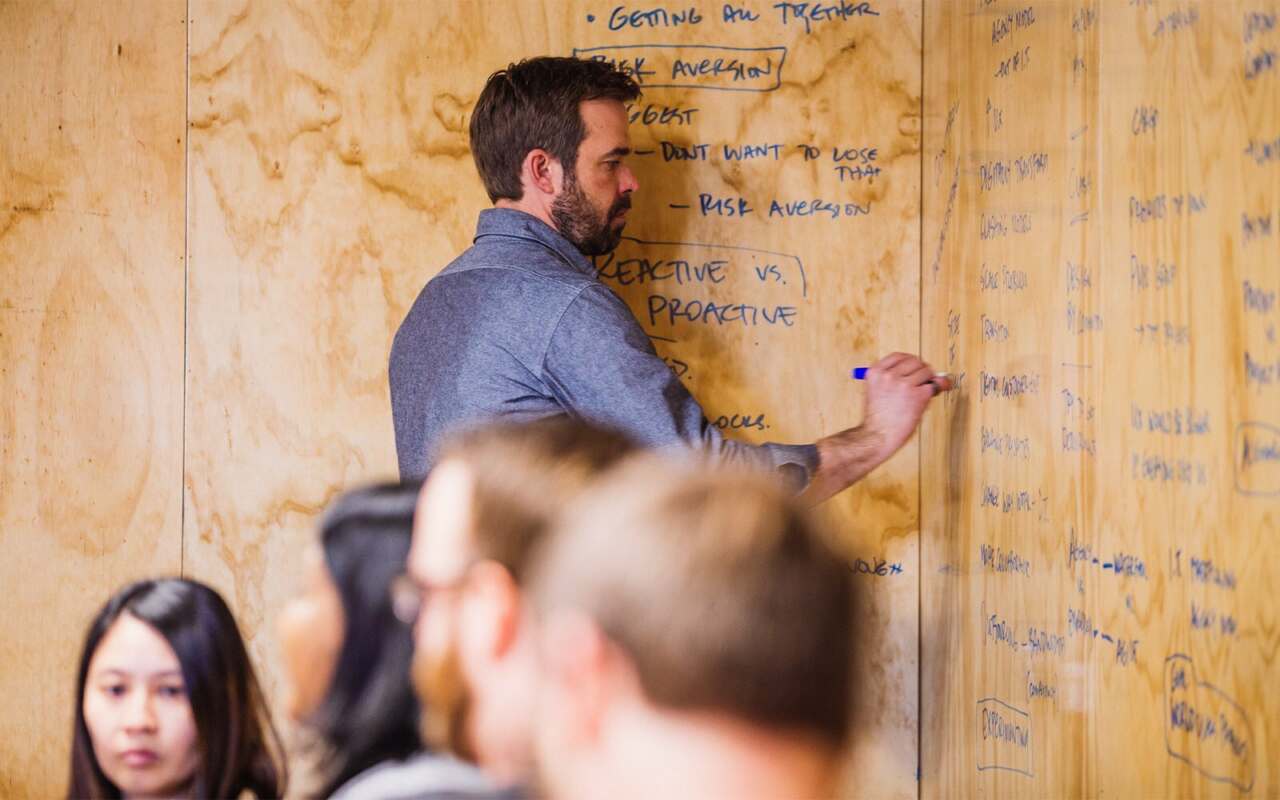
Blue Sky Thinking — What is it and Why Do We Use it?
What is blue sky thinking? Imagine cooking with zero constraints.

Siete | The Kettle Cooked Potato Chips
A peek at the process of designing the packaging for Siete Family Foods’ new product line, Kettle Cooked Potato Chips.

Cheers to Our Favorite Local Breweries and Restaurants
It's been a tough year for the foodservice industry and we're proud of our local partners, whose hard work and ingenuity helped them to evolve and thrive through it all.

Culina | The Drinkables
Designing packaging for Culina’s new product line that communicates the brand’s personality and values.

Making Home Services Feel Safe During a Pandemic
A year out from the start of the pandemic, we reflect on how we helped Wolcott navigate the COVID-19 climate as an essential home services business.

The Inspiration Behind Siete’s New Packaging Design
Siete’s award-winning, new packaging design is steeped in Mexican-American culture & family values.

ColdFire Brewing | The Barrel-Aged Series
ColdFire Brewing’s barrel-aged beers often spend two years on oak before they’re bottled up. So, the bottles? They needed to be worthy of such beers.

12 Tips for CPG Startups
What we’ve learned from years of starting, building, and growing CPG brands.

Culina | The Quarantine Care Package
Using design to help a growing CPG brand, Culina, to give back to healthcare workers and others at the front lines of the fight against COVID-19.

La Familia: How Siete's Culture Influences Everything They Do
Siete Family Foods is a family-owned and operated CPG company that does things a little differently, putting family first, family second, and business third. The results are pretty remarkable.

How Recognizing Our Patterns of Pattern Recognition Can Make Us Better Designers
We identify chairs as chairs because of trusted, instinctive patterns of recognition. But what if we rethink those patterns? We could be designing some wild chairs, for starters.

A Place to Gather at PublicHouse
How Drawn helped convert a 100-year-old church into a contemporary food hall designed to invite eating, drinking, and — above all — connecting with friends and neighbors.

Porter | Alignment Unlocks Potential
How the hunt for alignment led to a “quiet set of helping hands” for the restaurant industry.
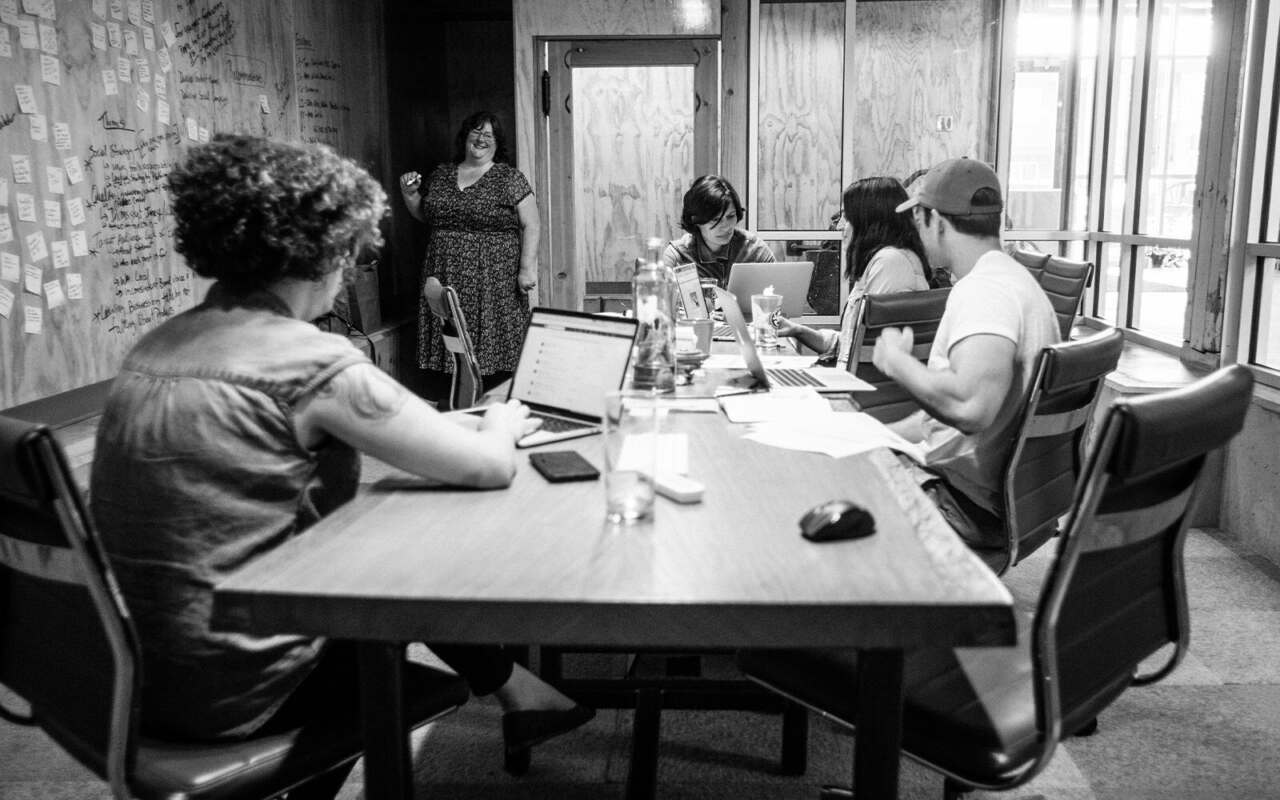
Why Brand Audits Matter
Sometimes, you need an unbiased eye to tell you where your strengths and weaknesses are. With a brand audit, Drawn can help reveal things about your brand that you may not be able to see on your own.

Drawn to Culture: Must-Reads
From historical non-fiction to vintage brand standards to bedtime stories, here’s what we’re reading (and loving) at Drawn.

Drawn to Culture: The Podcast Edition
Getting tired of listening to those same old podcasts day after day? Here’s a list of the ones we’ve been loving recently to give your ears a little something new.

Drawn U | Interdisciplinary Design
When appreciation for the philosophy of design meets authentic, instinctive design thinking, good things happen. We believe that the best design is second nature and comes from truly embracing interdisciplinary thinking.

Drawn U | Tutoring Design
Learning something new — whether it’s how to speak Spanish or the language of design thinking — can be tough. You can think of us as a tutor to help you with the latter.

How to Speak Agency
When you're deeply immersed in any culture, you start to get a little "inside baseball" about it. For the sake of our non-industry friends (and self-awareness), here's a thoughtfully compiled selection of design and/or advertising jargon and how to interpret it.

Overheard at the Built Oregon Festival
Nuggets of wisdom from successful, Oregon-based entrepreneurs and businesspeople at the Built Oregon Festival in Portland, Oregon.

Human-Centered Design is Just Good Design
Human-centered design — a wholistic approach to problem-solving and design that allows room for empathic understanding and iterative prototyping — is really just good design. Period.

The Value of the Back Porch
Asking the right questions in the right setting can have a huge impact on the quality of information that you collect.
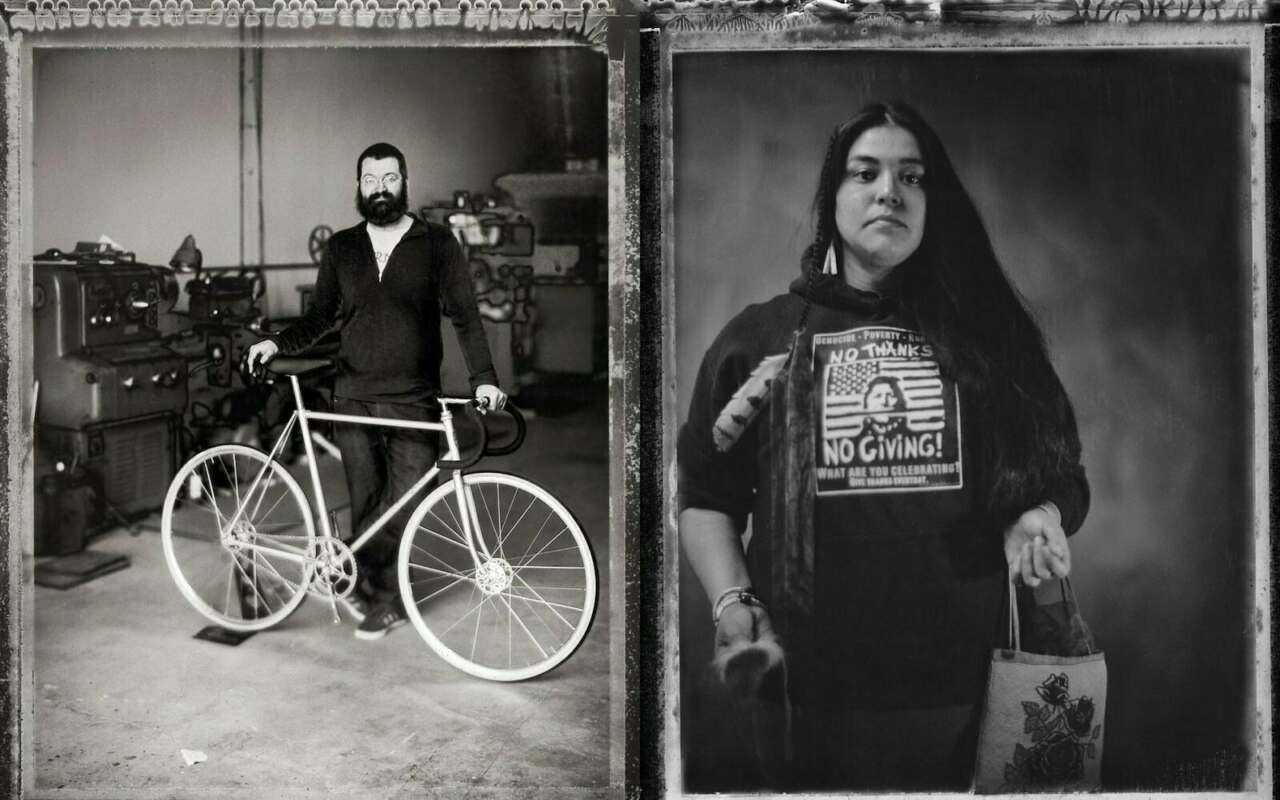
Why Images Matter with Trask Bedortha
Drawn's photographer and senior designer on the power of imagery and the value of visual design elements.

Why Experience Matters
A good user experience leaves customers feeling content, but it's the exceptional experiences — the ones in which all of the details fall right into place — that generate immediate buzz and long-term loyalty.

Why You Should Allow Room for Tacit Decisions
Hunches happen. They can be used as a valuable decision-making tool and, at the very least, they're worth a quick assessment.
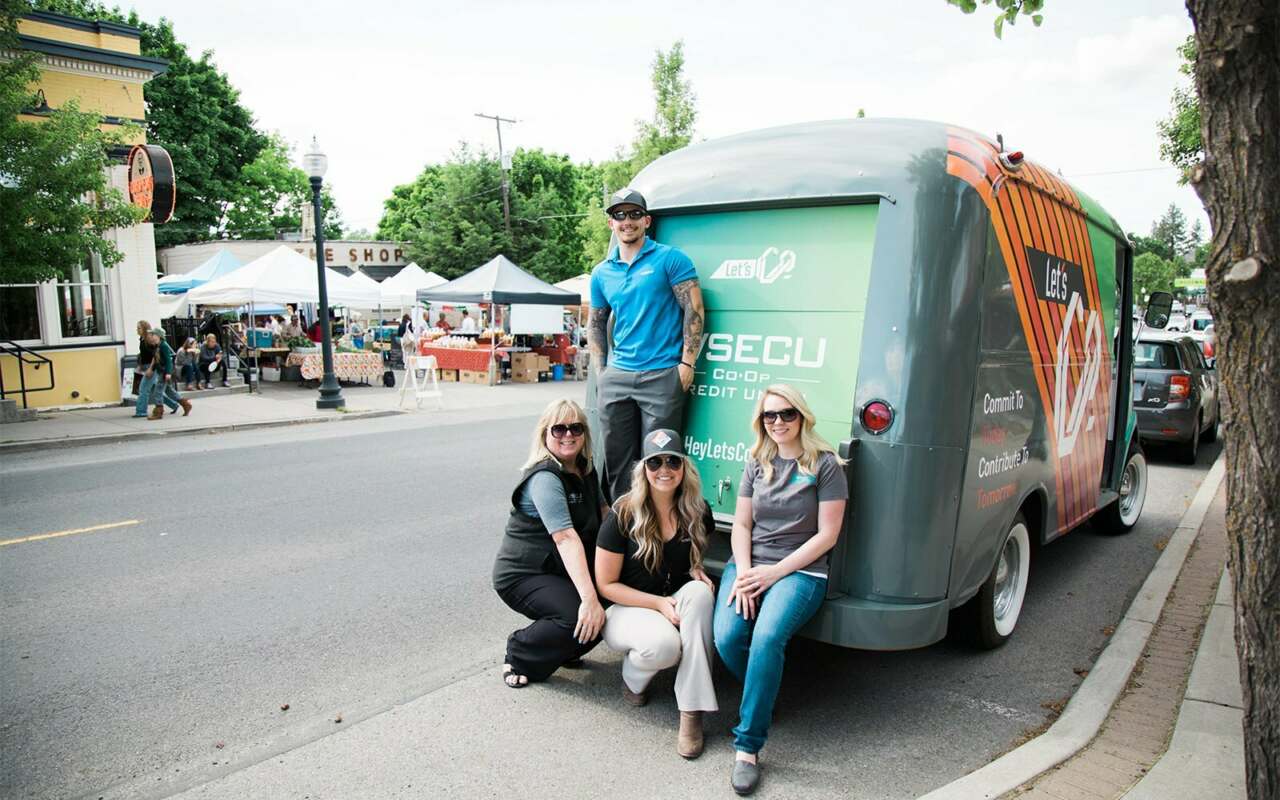
Think Big — Think Wholistically
Engagement's about more than taps on a screen. Ideally, it's synonymous with meaningful experience(s) and human connection. Shifting perspective. Leaving an impression. And it's worth doing it right.

Good Design Evolves
If you want to create a product or service or brand that people are drawn to, you have to give it room to mature. Because chasing for attention doesn't look good on anyone.

Designing Pubs + Design Thinking = Design of a New Digital Product
How an architectural design project led to another architectural design project that became a service design project and, eventually, a whole new product.
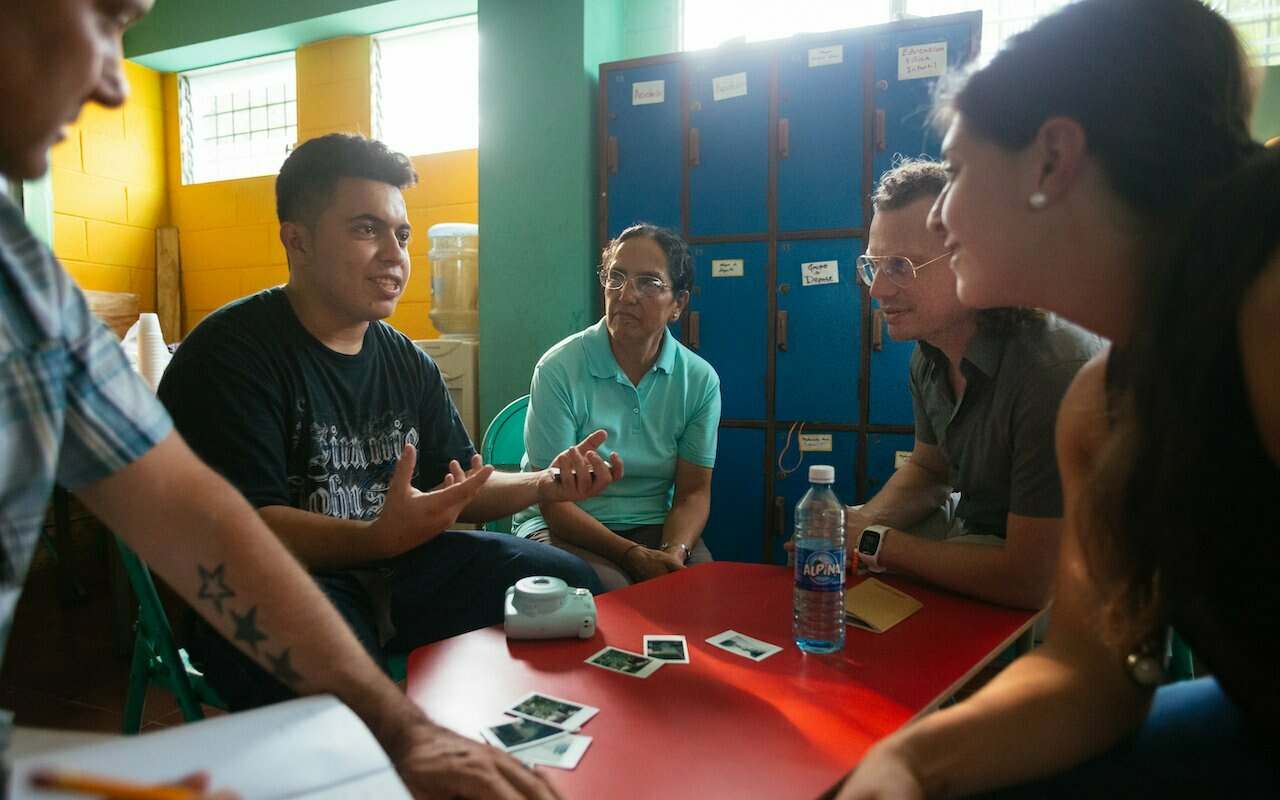
At the Heart of Design Thinking
True design thinking asks us to consult the heart as well as the brain.

Show, Don't Tell
Brands are made up of far more than "About Us" statements. It's their actions, their visual choices, the stories they tell that really tell us who a brand is.

Sympathy for Empathy
It doesn't really matter whether you're employing sympathy or true empathy in your search for innovative solutions; it's the commitment to real context that is fundamental to the design thinking process.
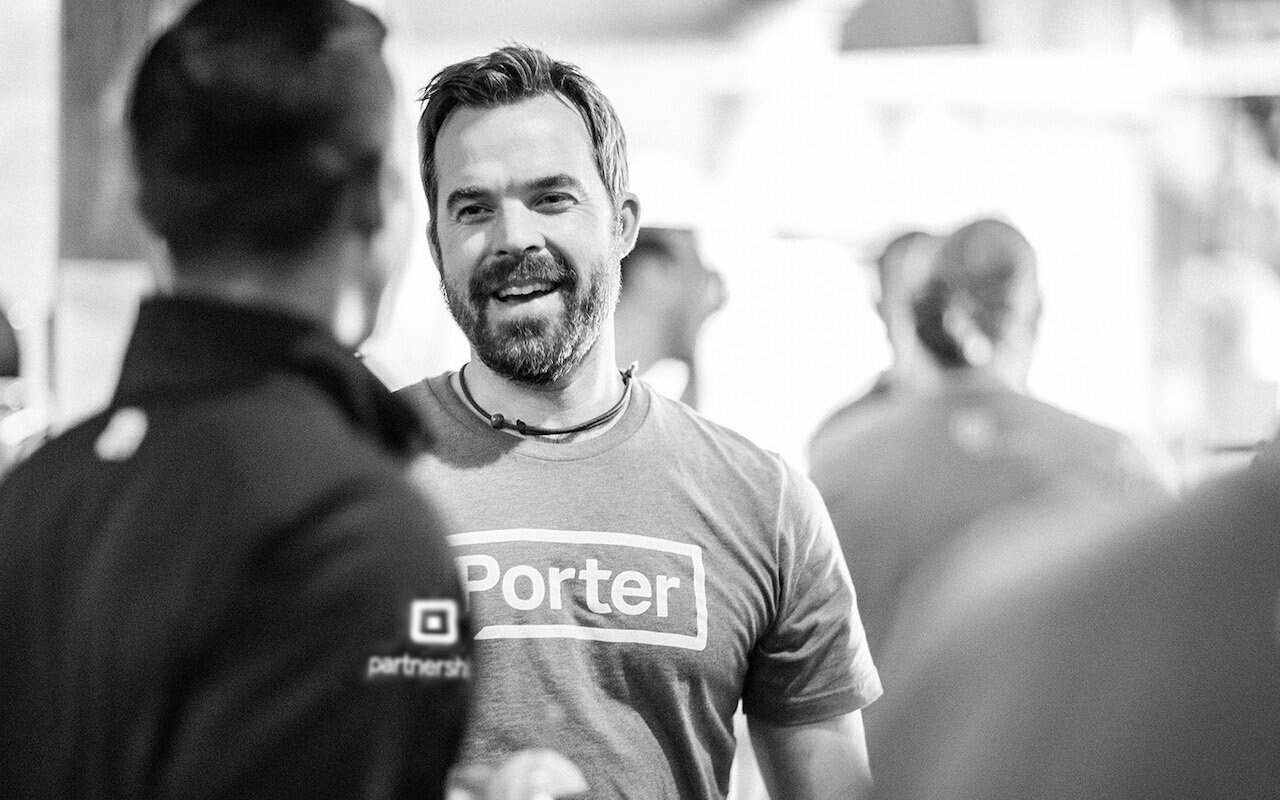
Developing Brands for the Experience Economy
Developing brands for a public that prizes experiences requires an internal culture that's committed to design thinking, which helps keep an empathetic finger on the pulse of those on the street.

How I Became an Accidental Beer Snob
Our job demands that we know our clients (and their products) (and where they fit into the world) really well. To gain this kind of expert knowledge, we throw ourselves headlong into their industries. And sometimes, we become beer snobs along the way.
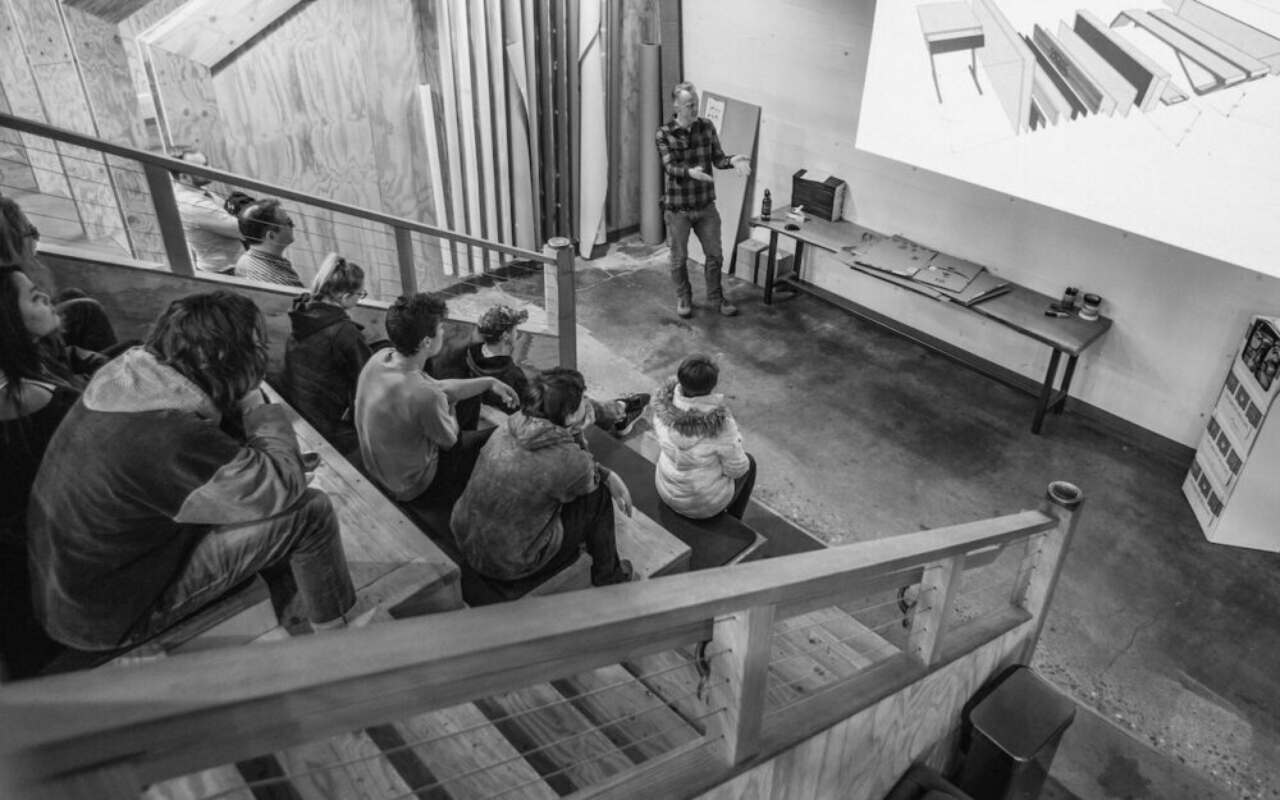
Why Rapid Prototyping is an Integral Part of the Design Process
Rapid prototyping allows you to get your hands on a version of your design ASAP, which, in turn, allows you to discover shortcomings in your initial concept — and brainstorm solutions.

Thinking About Design Thinking 5: From Macro to Micro
There are three levels of design thinking and you’ve got to work through them in the right order, or the whole process will be flawed.

Thinking About Design Thinking 4: Sticky Notes Do Not a Design Thinker Make
Sticky notes alone won’t truly solve your problems — that takes a willingness to follow through on the complete design thinking process.

Thinking About Design Thinking 3: We’re All Designing Some Kind of Solutions
While I’m wary of the term “designer” becoming diluted, there are many in other (non-design) fields who practice design thinking and, maybe, should be considered designers, as well.
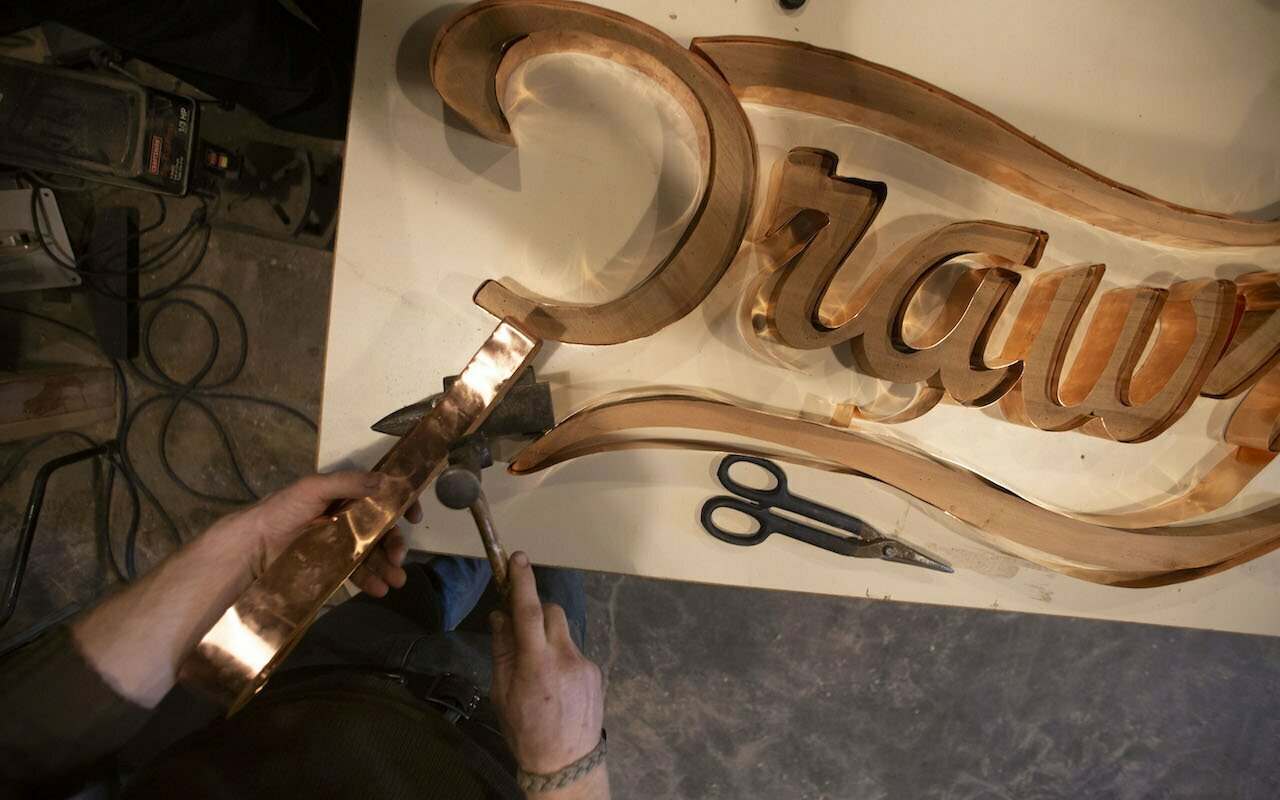
Thinking About Design Thinking 2: “Designers” are Everywhere These Days
There are more and more people out there with “designer” in their job titles, but does this change the way we define design?
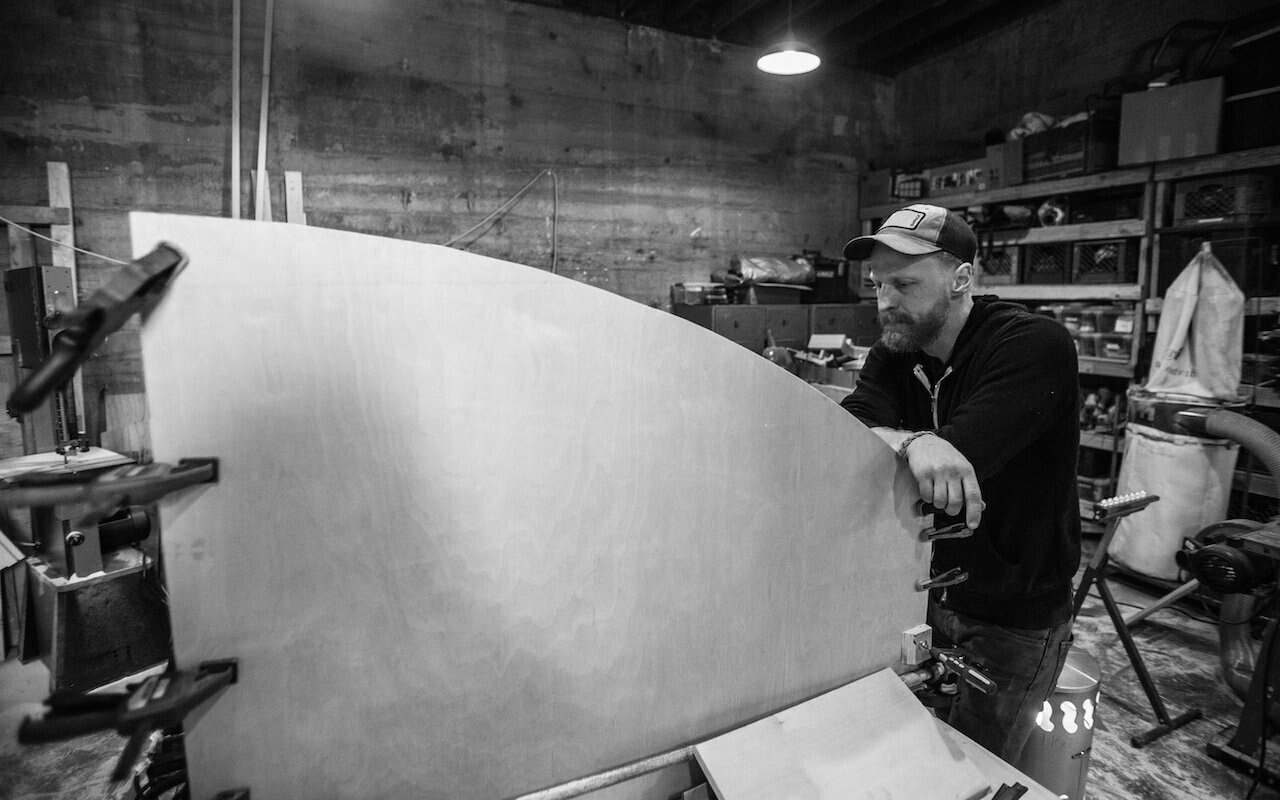
Thinking About Design Thinking 1: We're Basically Philosophers
Aristotle's academy aimed to explore and expand our understanding of how things worked, to find connections and solve problems. That's not so different than what we do as practitioners of design thinking.

Drawn In: A Photographic Survey Of Drawn-Designed Interiors
Our talented, in-house photographer, Trask Bedortha, beautifully captures our clients' stories and the work that we do for them. While his images regularly inspire us, we happen to think that his shots of our interior design work are some of his best. Here's a sampling — prepare to feel an intense urge to dine out.

Good Design is Timeless
Timeless design is something that we're forever chasing and very rarely capturing. It doesn't succumb to passing trends. It feels accessible and elegant at the same time. It's simple, but not simplistic. Perhaps most importantly, it honors the fundamentals of our craft.

Pantone Color of the Year 2019: Drawn’s Pick
Last year, Drawn accented its new building with Pantone Ultra Violet 18-3838 just months before it was named Color of the Year. We think we might be on a roll, so our creative director, Bryan Taylor, wrote a letter to Pantone expressing his choice for Color of the Year 2019.

How HCD Took the Wind Out of Our Flag Project
That awkward moment when you realize that there's no such thing as a design project that isn't human centered.
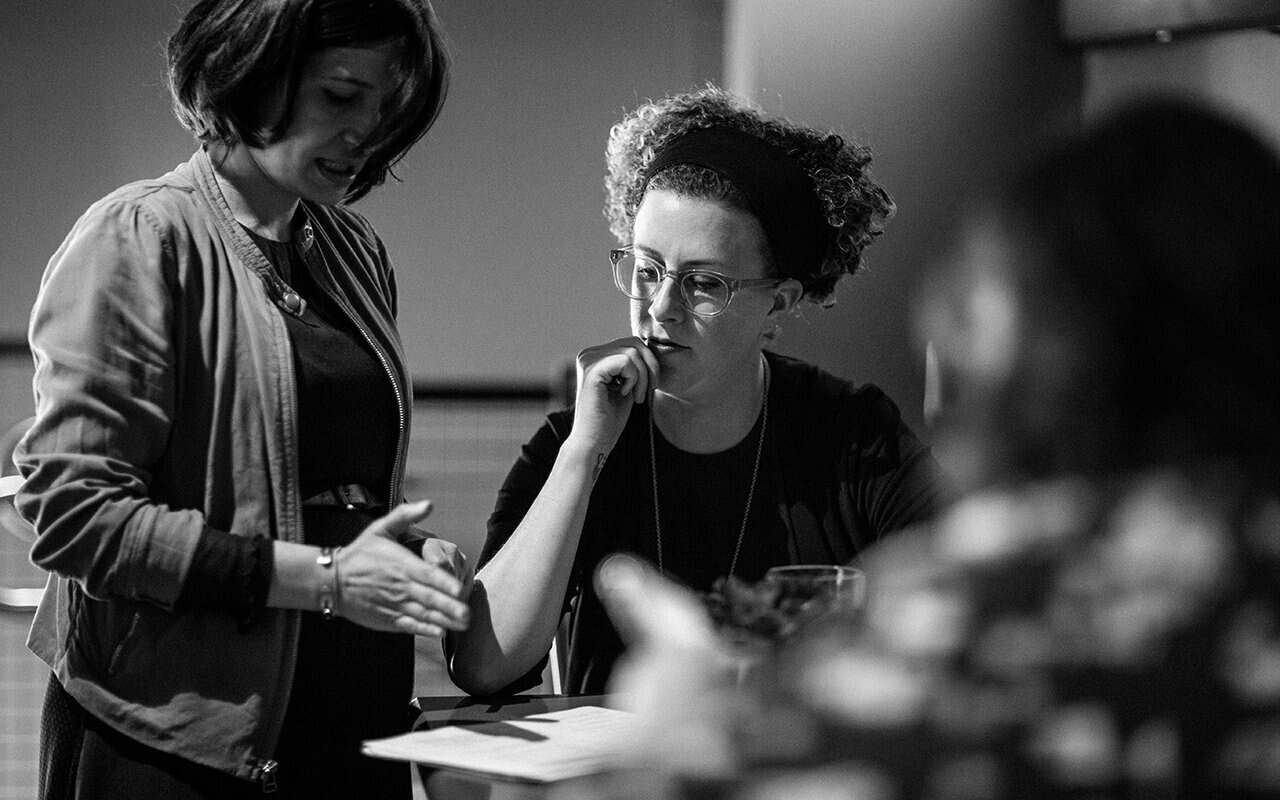
Drawn Agency champions responsive service design for the benefit of all at Service Design Week 2018
How designing brand experiences that are responsive rather than reactive helped one Oregon design agency create valuable opportunities
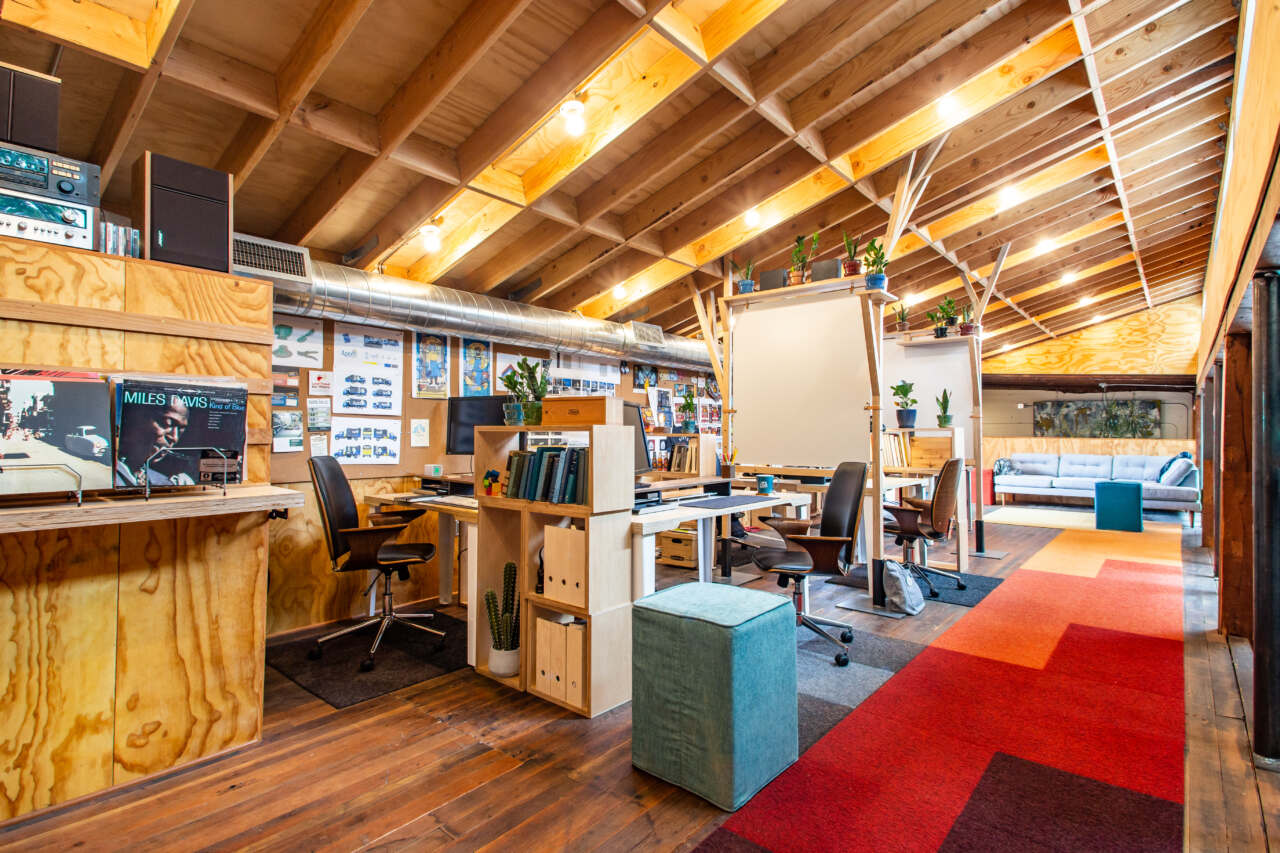
The Farce that is Human-Centered Design (HCD)
The very nature of design demands that we consider an end user and his or her experience with our work. If you haven't been practicing human-centered design all along, you've been doing it wrong.

That Je Ne Sais Quois: The Human Element in Marketing
Why instinct and psychological insight are as important to successful marketing as analytics.

Why Brand Equity Matters
Our brands gain equity through smart investment. Sometimes, we're rewarded for risk while other times, it pays to err on the side of caution.
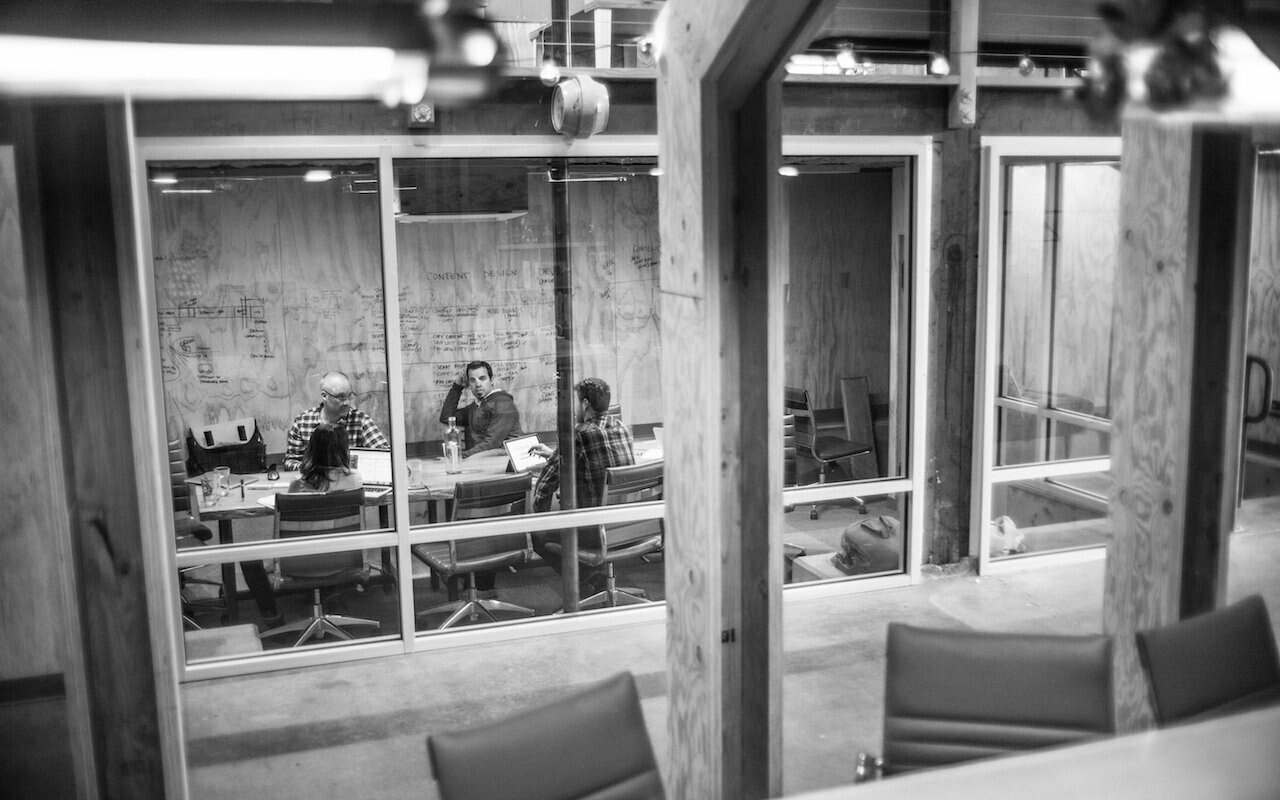
The Bard, Part 3: Ideate, Make, Shoot, Post, Engage
How the Bard meets our needs as a dynamic agency (and helps us to meet those of our clients) in an ever-changing creative landscape.
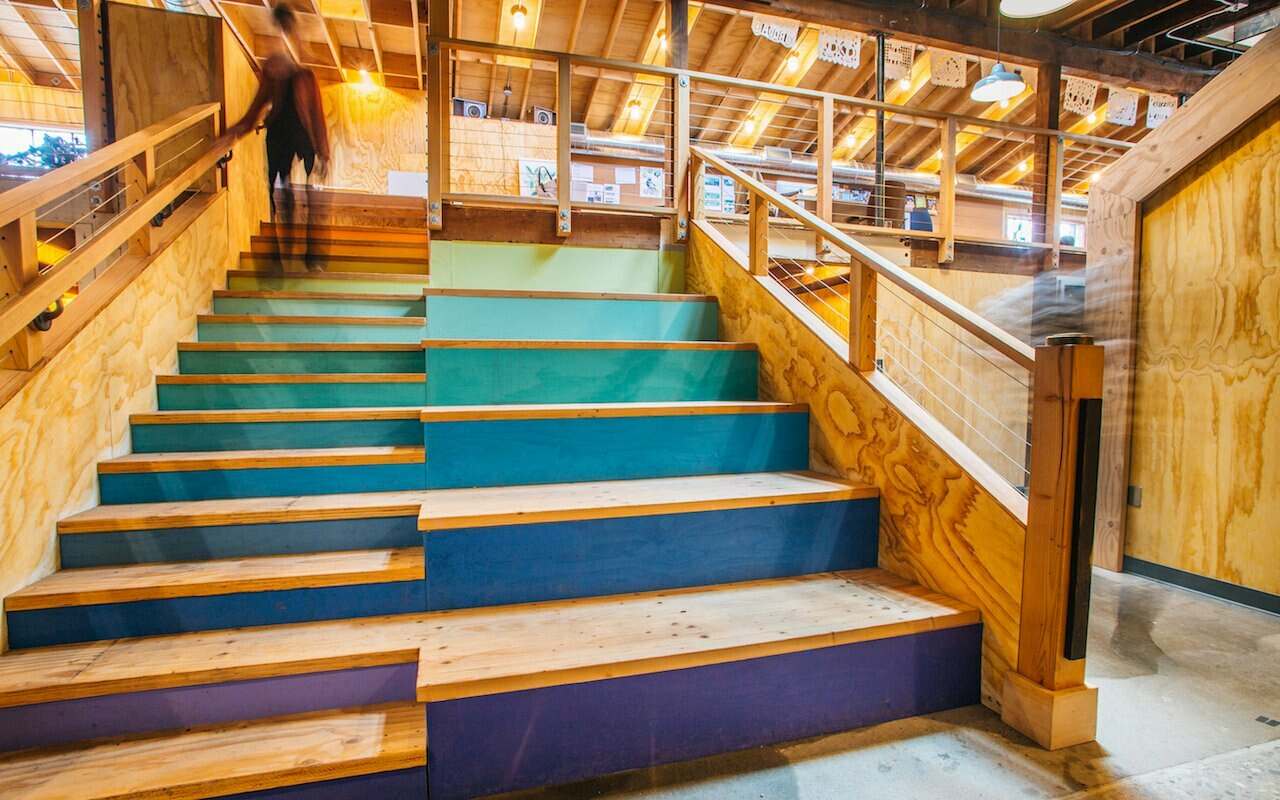
The Bard, Part 2: A Salvaged History
Ninety percent of the materials used in the Bard’s construction were salvaged from other forgotten stories, which means that Drawn's new space is steeped in history and rich with texture. Just like the agency itself and each of our clients, our building has a story.
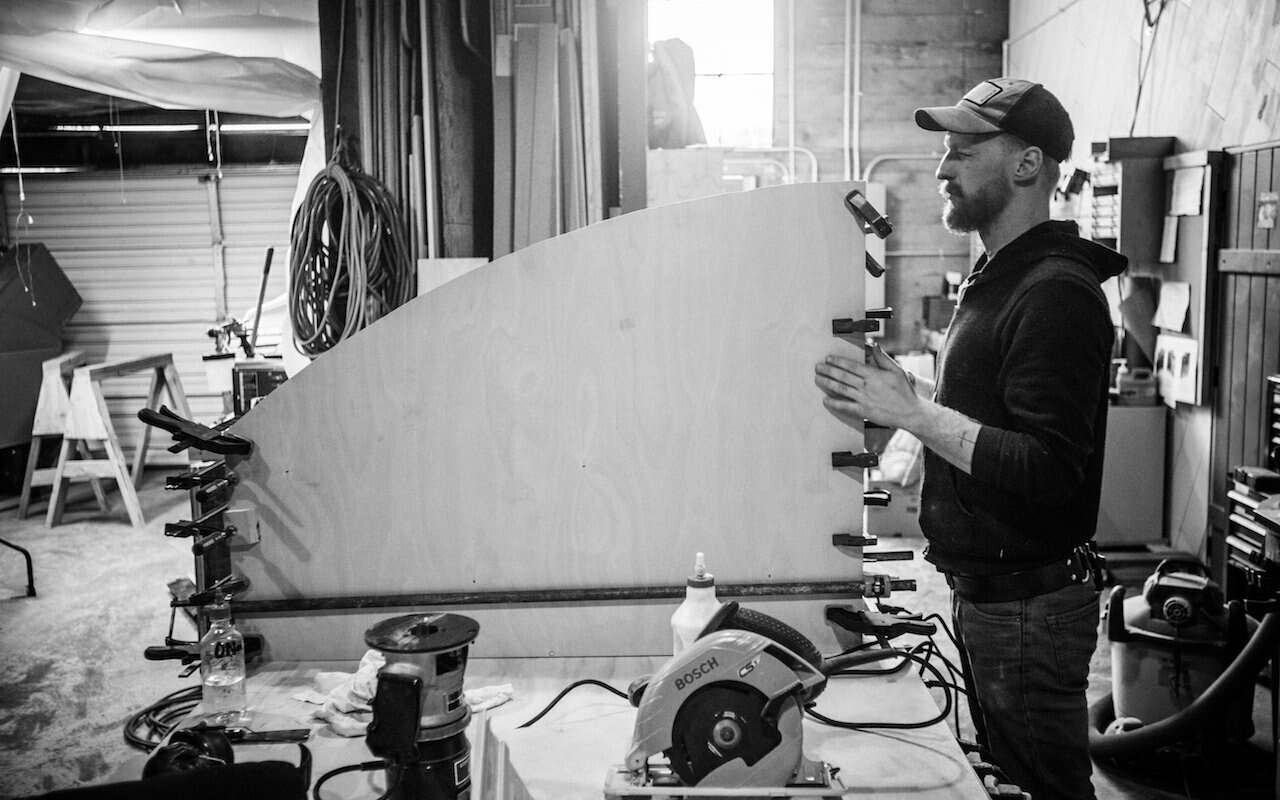
The Bard, Part 1: Casting the Dream
Shakespeare's Juliet once asked, "What's in a name?" In our building's case, quite a lot. Here's the story (and philosophy) behind Drawn's new HQ, told in three parts.

Moving the Offline Customer Experience Online with Shopify
How we worked with Shopify to translate a traditionally analog business model to a digital interface.
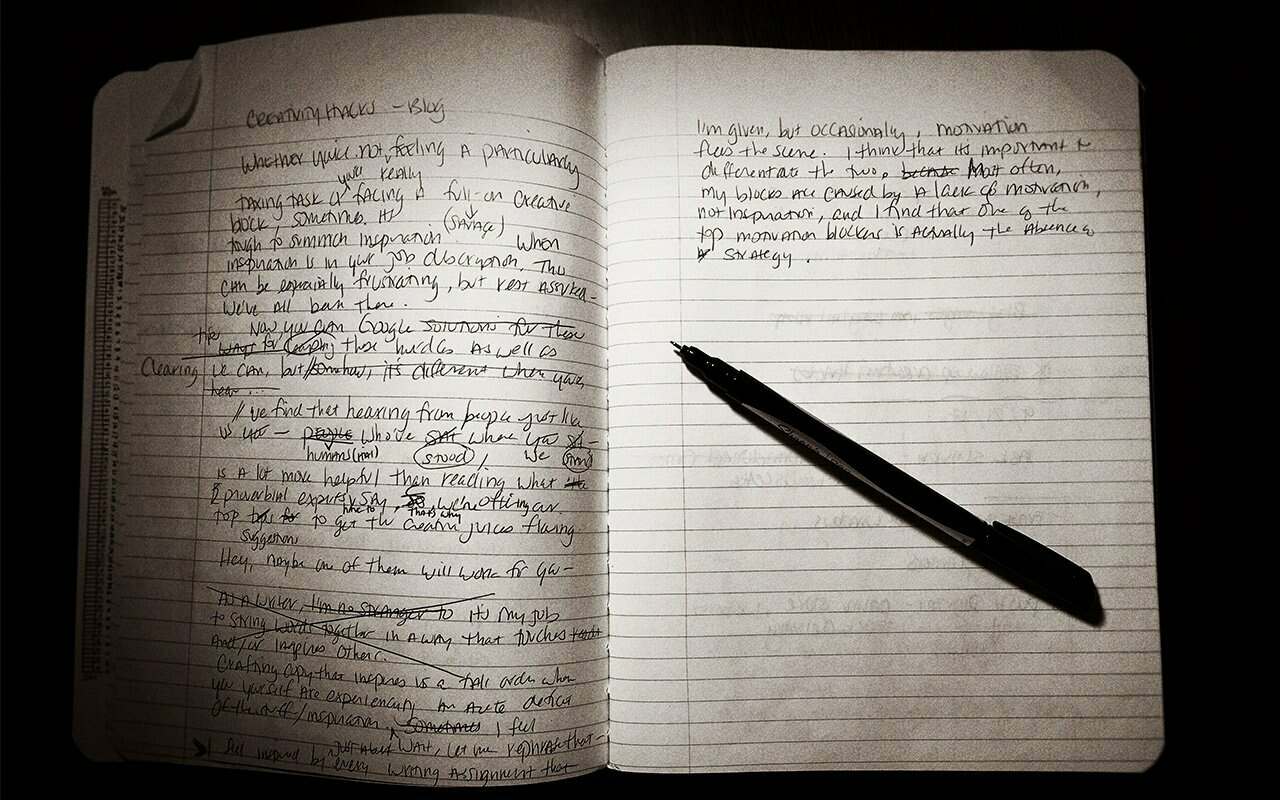
Why Words Matter
In contemporary culture, a picture really does seem to be worth a thousand words (or at least a thousand likes). But can a word ever be worth a thousand pictures? We think so — if it's the right one.

On Creating (New) Traditions
When we think of traditions, we mostly think of the 10, 50, 100-year-old ones, but we're creating new traditions all the time. Here's a look at some successful marketing campaigns that society has adopted as traditions and why they work.
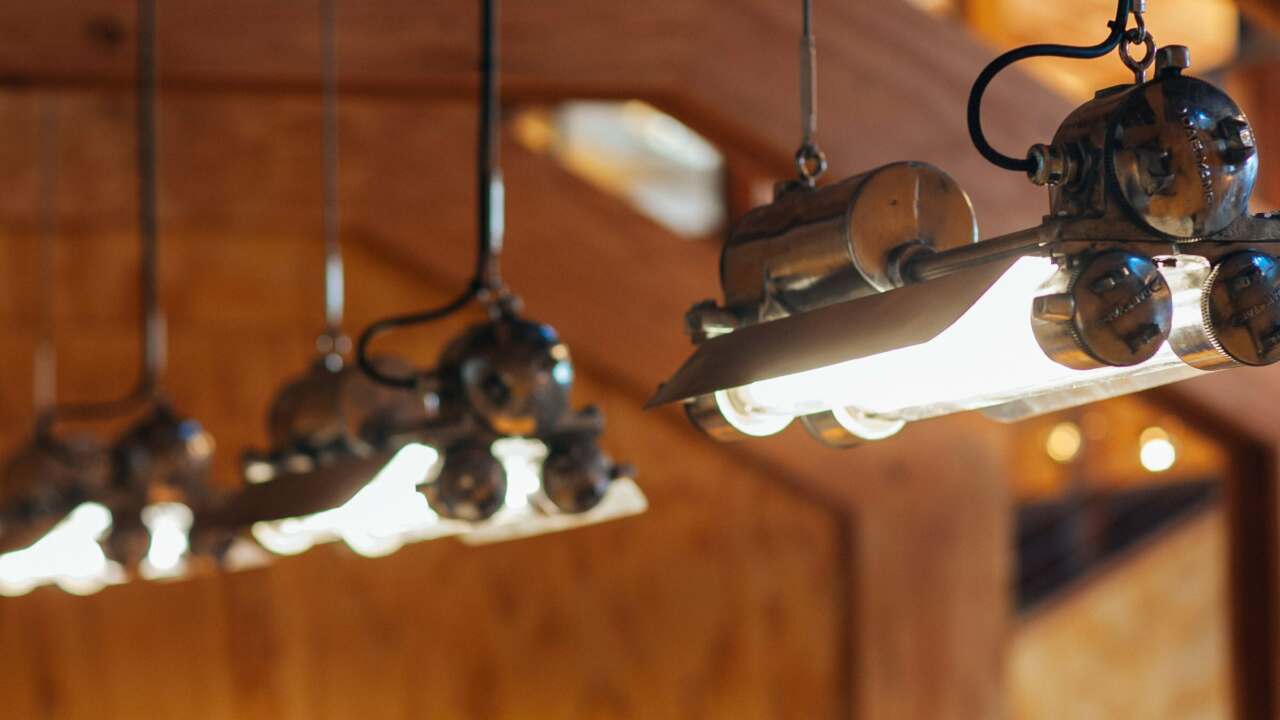
Why Texture Matters
Whether created by time or intention, texture tells a story; it can reveal an object's true nature. So, can texture inspire better design?

Symmetry: Sophisticated or Simplistic?
While symmetry has its merits, it can also prove a restriction when it comes to design. Here, we explore both sides of the symmetry debate — where do you stand?
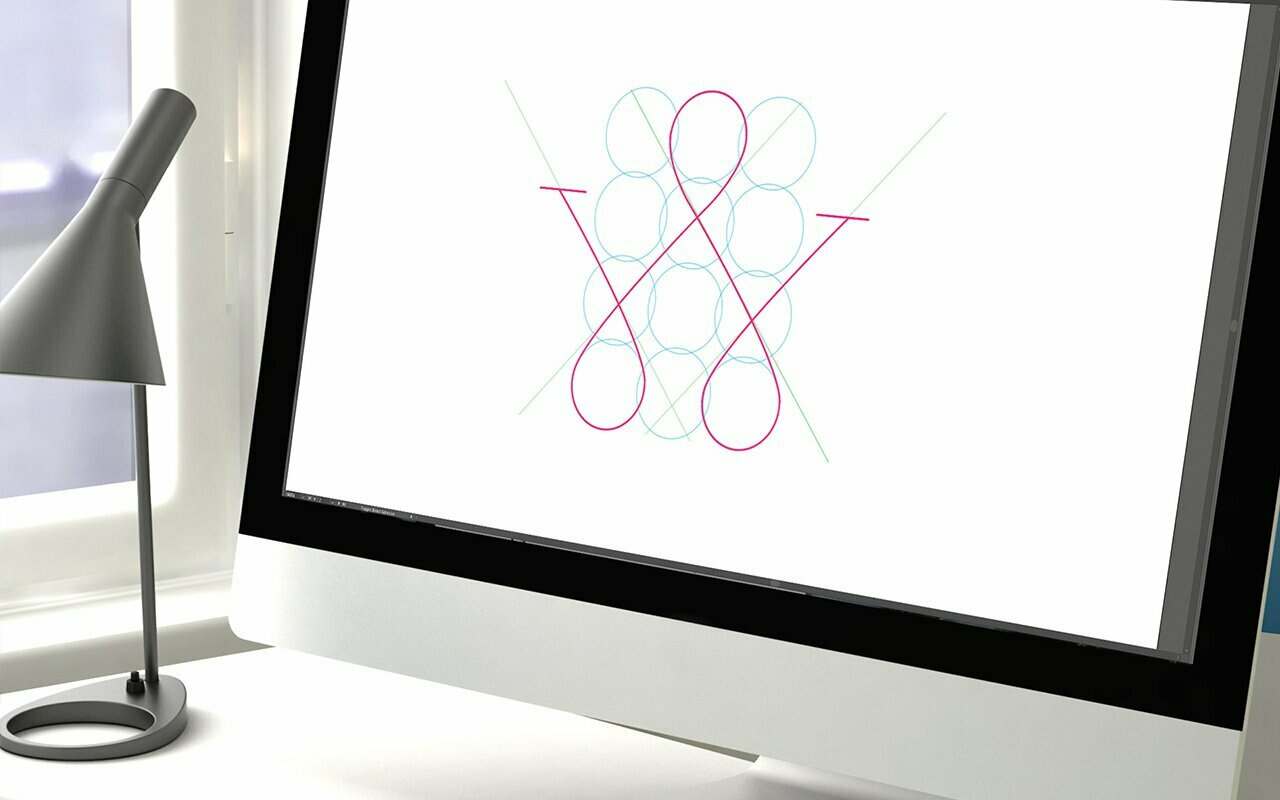
Why Design Matters
Whether you're working with plenty of time and an unlimited budget or quite the opposite, there's a lot more to effective design than vectors.
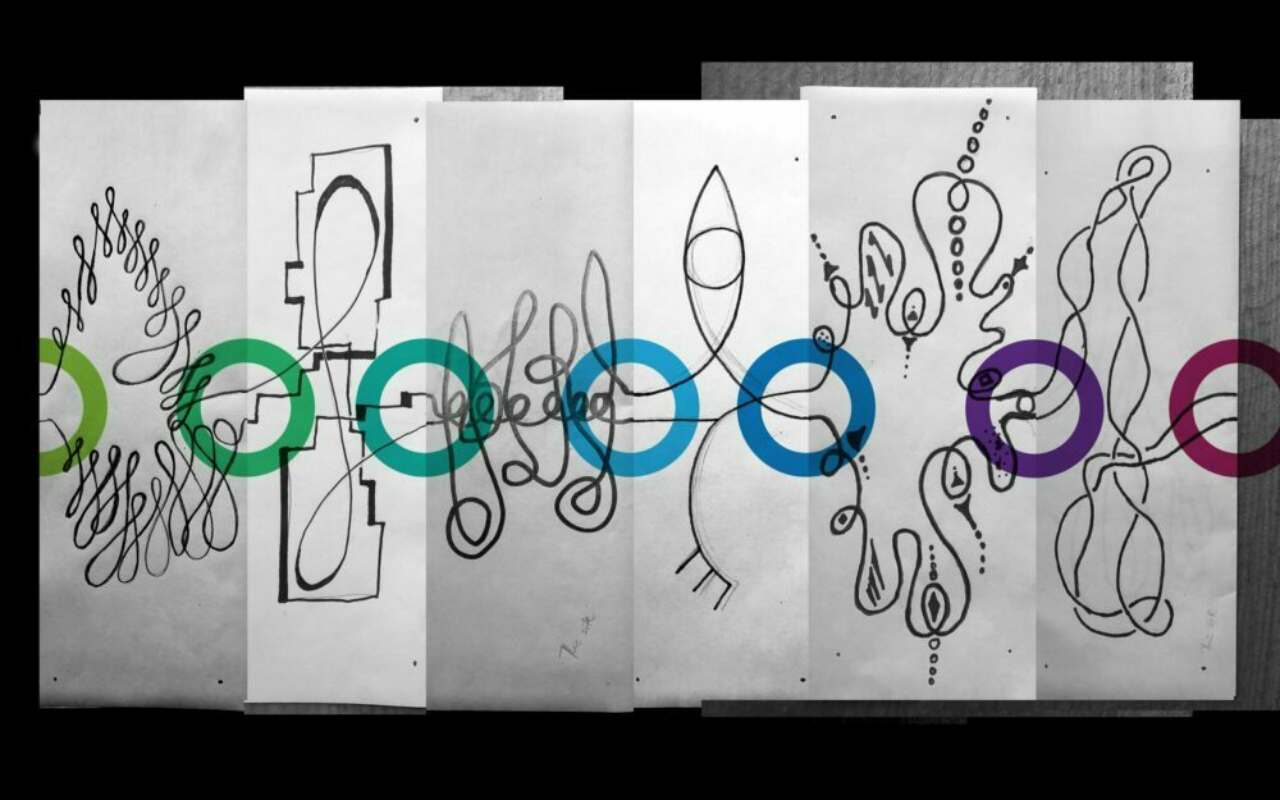
Uniquely the Same
Our team members' backgrounds are literally all over the map, but our values are tightly aligned and the result is smooth collaboration bolstered by a vast diversity of experience.

The Drawn Team’s Creativity Hacks
Our team-tested methods for finding inspiration and feeding creativity.
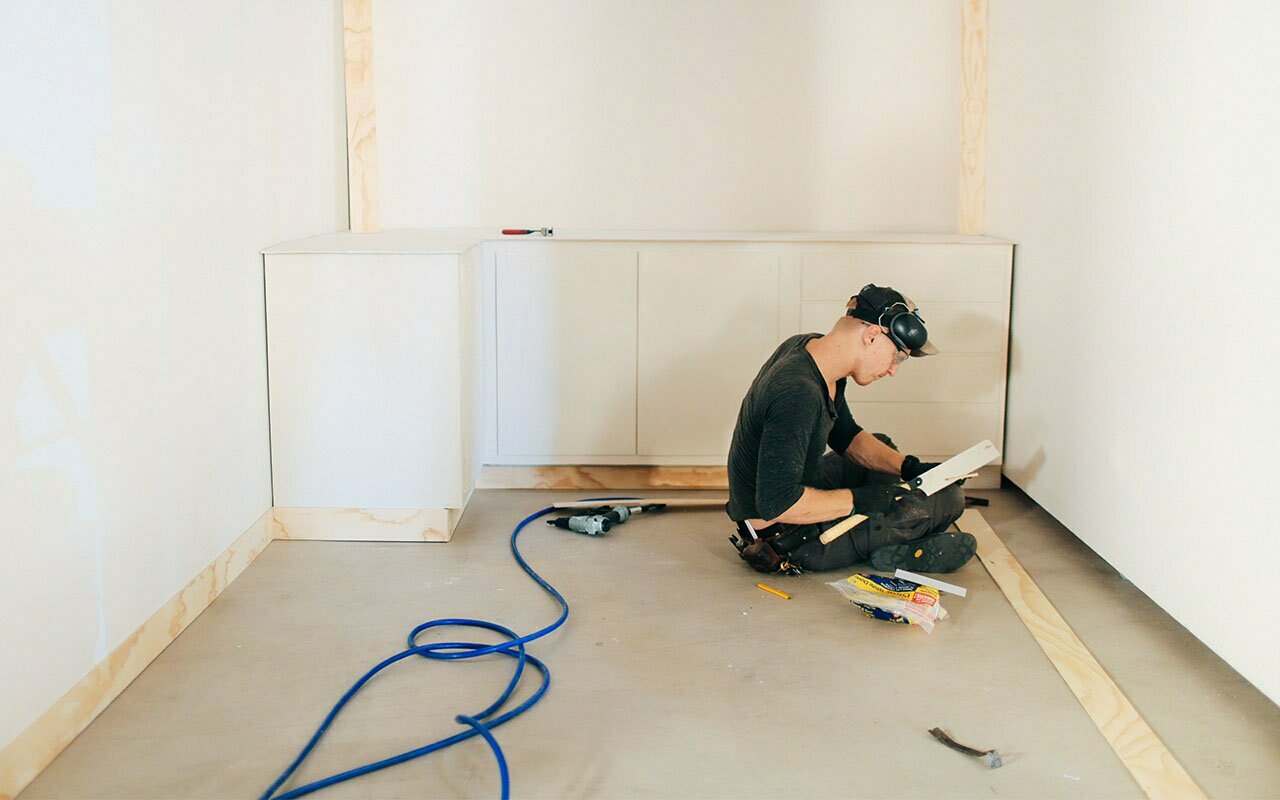
Authenticity in the (Re) Making: A Sociological Timeline
The cultural shift that gave rise to truth in marketing and why honesty is good for your brand.

3 Ingredients of a Great Promise
Know how to make smart promises to your audience and deliver services that exceed their expectations.

The Simple Question that Will Help Your Brand Evolve
What really makes people feel valued at work and how to use employee satisfaction to your brand's advantage.

Why Opening on Christmas Undermines Your Brand's Value
How your company handles the holidays sends a message to customers about your priorities, and you want to make sure that it's the right one.

Thankful for Good Design
Quick and easy can be appealing, but when it comes to branding, it pays to invest in good design.

The Need to Adapt Without Losing Your Identity
A willingness to change is only one part of the equation.

Faux Efficiency
Why expending more time and energy up front is a better route to true efficiency than seeking simple (and rapid) solutions.

Stealing Originality
There may be no such thing as a truly original idea, but inspiration can spark evolution, leading to fresh designs and concepts. Just be wary of theft — it's lazy and won't pay off in the long run.
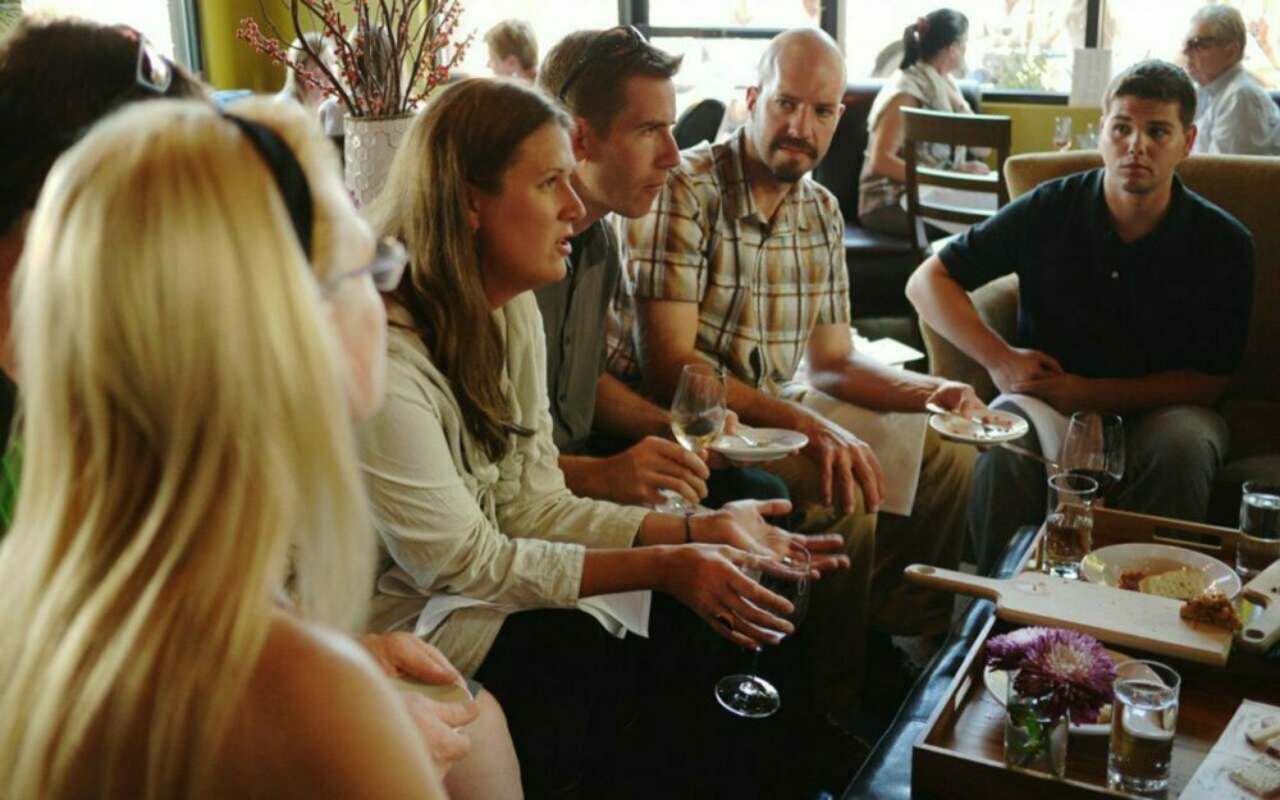
How 'Unfocus Groups' Offer Unique Insights into Audiences
We found that traditional focus groups have their limits, so we took our research methods outside the box.
